Living with cats for years doesn’t automatically make someone an expert on feline behavior. Many devoted cat parents still harbor beliefs about their furry companions that science has thoroughly debunked. These persistent myths often stem from outdated information or simple misunderstandings about how cats really think and behave.
The truth is far more fascinating than fiction when it comes to our feline friends. Understanding what’s real and what’s merely folklore can dramatically improve your relationship with your cat and help you provide better care. So let’s dive in and separate the facts from the fiction.
Cats Have Nine Lives
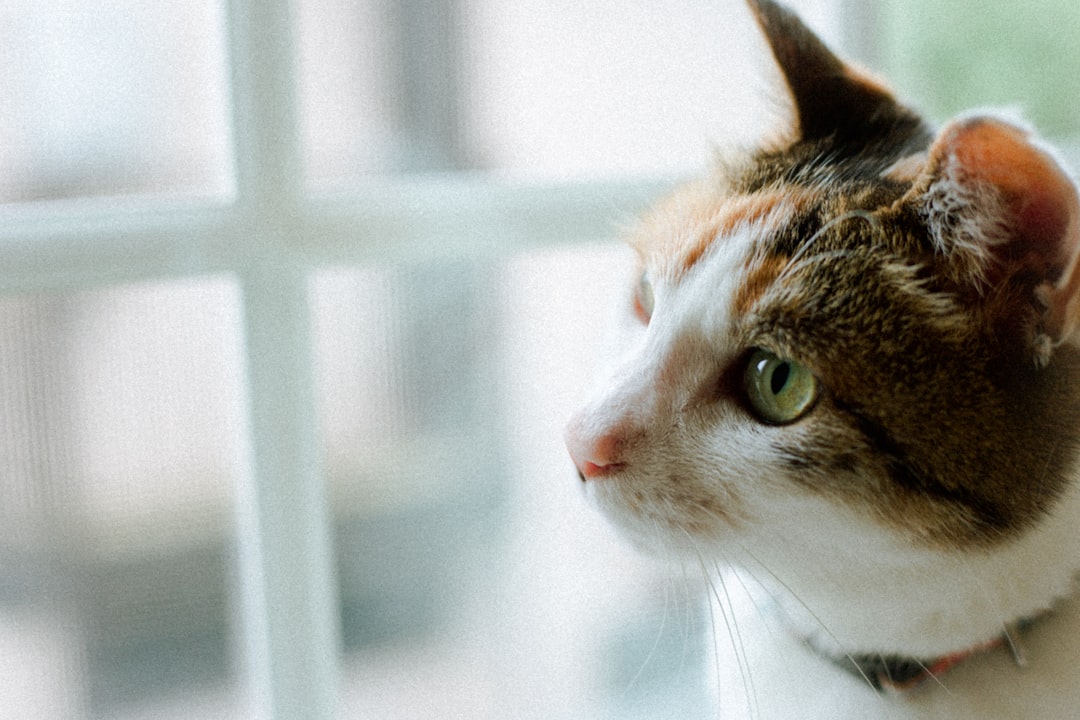
Perhaps the most famous cat myth of all time is that our feline friends possess nine lives. Like the rest of us, cats only have one life. This enduring belief has multiple possible origins that span centuries and cultures.
Nobody really knows the origin of this myth, but there are a number of possibilities – from William Shakespeare to ancient Egypt. In the play Romeo and Juliet, the bard refers to the nine lives of cats. In ancient Egypt, cats were treated as sacred animals and were worshiped as divine creatures with psychic or supernatural powers, so some think the myth could have originated there.
It’s more than likely that the myth has developed over time due to cats’ ability to get themselves out of sticky situations. Cats have survived falls from great heights and even earthquakes, so it’s not surprising they have earned their nine lives title. However, this remarkable agility doesn’t make them invincible.
Black Cats Bring Bad Luck
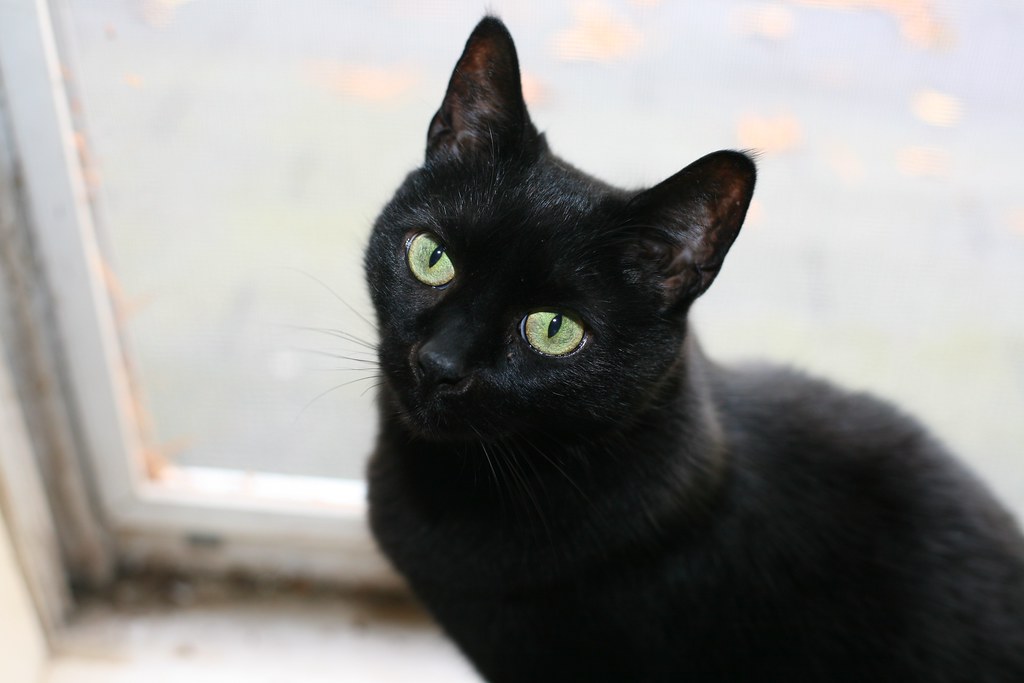
Black cats have been the subject of myth and folklore for centuries. Their long history with people remained mostly positive until the hysteria surrounding witches began. Cats were cared for by single women who were then accused of witchcraft. People believed that these cats were helping witches with their evil deeds. They also believed that black cats were witches in disguise.
This superstition varies wildly depending on where you live. In Japan, a black cat crossing your path is good luck, while its bad luck in the U.S. and Europe. In Germany, a black cat crossing your path is unlucky if they walk right to leftwhile left to right means good times are ahead. The reality is much simpler than these cultural beliefs suggest.
In reality, the only supernatural powers that black cats possess are ones of unconditional love and affection, just like any other cat. Unfortunately, this stubborn myth makes it hard to rehome black cats or get them adopted from shelters.
Cats Are Antisocial and Independent

The authors say there’s no truth to this myth whatsoever. “These beliefs conflict with the current scientific understanding of feline behavior and domestication… Cats are facultative social animals, as they demonstrate complex social behaviors, such as affiliative behaviors, especially in environments that favor interaction, such as shelters, multicat houses, and free-ranging cat colonies… Behavioral studies have shown that cats can form emotional bonds with their guardians and seek their company at specific times.”
However, an increasing number of studies demonstrate that cats not only have the capacity to form strong social bonds with humans (e.g., Vitale et al., 2019 showed that 64.3% of cats studied were securely attached to their owners), they also show great social sensitivity; e.g., they preferentially approach attentive humans and follow human points or gazes to a location containing concealed food
Cats need your companionship and in fact, some will go through separation anxiety if left alone too often or for too long – something most people only associate with their canine counterparts. Cats are likely viewed as aloof because they are often compared to dogs, which are undeniably more social, the researchers opined. Sadly, viewing cats as asocial can harm them, as their caretakers are less likely to provide affection, exercise, hair brushing, toys, and veterinary care.
Cats Only Purr When Happy

While cats definitely purr when they are happy, they also purr when they feel sick, are in pain, or are afraid. While we don’t know entirely why this happens, one theory is that the frequencies that cats purr are healing and help the cat feel less pain. This makes purring a much more complex form of communication than many people realize.
In some cases cats purr when they’re stressed – it can be a way of self-soothing. Cats also purr when they’re in pain for the same reason. Cats have also been known to purr as a way to ask for food, or as a way to help themselves fall asleep.
Basically you can’t assume that a purring cat is a happy cat – you’ll have to pay attention to the other ways cats communicate, like body language, to understand what’s going on. Observing the whole picture gives you much better insight into your cat’s emotional state.
Milk Is Good for Cats
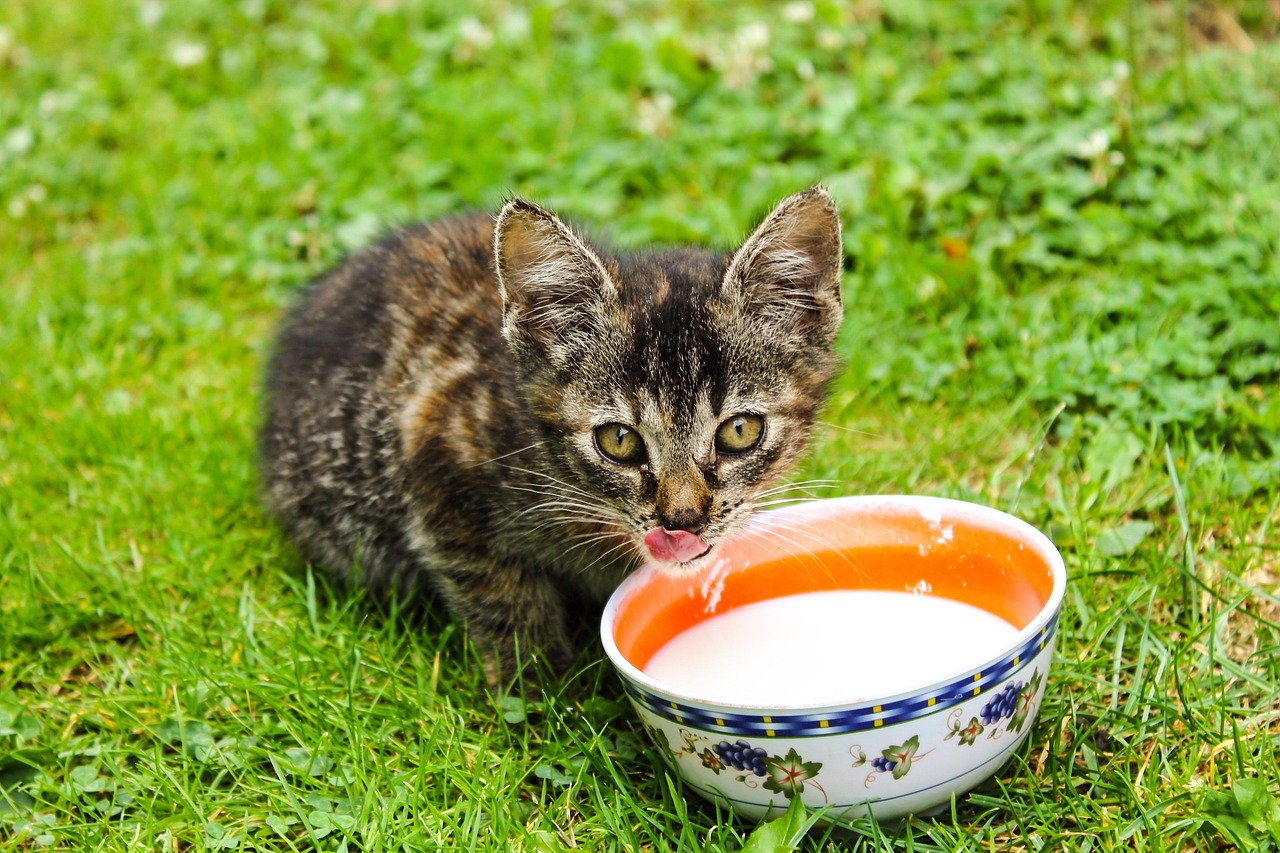
Despite popular belief, cats do not need milk. If they are fed a balanced diet, they’ll be getting all the nutrients they need. Once weaned, many cats become lactose intolerant, meaning milk can upset their stomach. This nostalgic image of cats lapping cream from a saucer is actually quite harmful to their health.
While kittens can digest cow’s milk, cats lose the enzyme necessary to digest milk as they age and become naturally lactose intolerant. Feeding a cat milk does not provide the right nutrients and may cause diarrhea or vomiting. Dairy can cause all kinds of problems for cats, from diarrhea to bloating to vomiting. It can even be life threatening, in some cases.
You might be familiar with the Norman Rockwell paintings with a beautiful cat licking cream from a saucer; however, adult cats are actually lactose intolerant. Cow’s milk, which can cause bloating, gas, or other digestive issues, is off-limits for both cats and kittens.
Cats Are Nocturnal
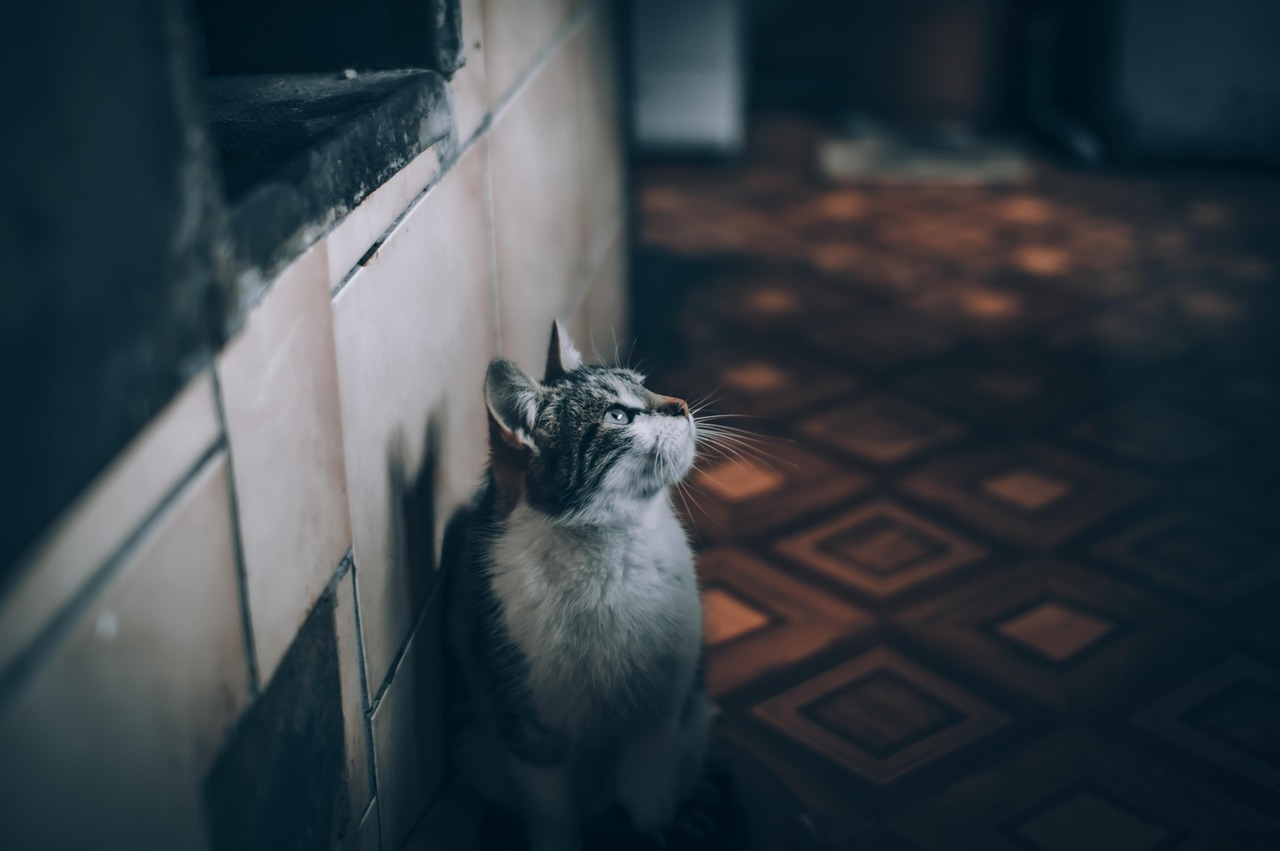
A lot of people think that cats don’t sleep at night, and it’s true that their sleep schedule isn’t exactly aligned with that of humans. The average cat will sleep in the middle of the day and, in some cases, make a lot of noise while their humans are trying to get to sleep. However, that’s not the same as being nocturnal, which means sleeping during the day and being awake at night. Cats are actually crepuscular, meaning they are most active at the beginning and end of the day.
The reason for this has to do with hunting patterns. “Birds and mice are very active at dawn, and cats evolved to take advantage of this by developing the ability to see in low-light conditions,” Stephen Quandt, a cat behavioral specialist, told PetMD. This natural schedule aligns with when their prey is most active.
If your cat’s evening antics are a problem, consider a play session right before bed and feeding them a small amount – this can re-create the natural hunting cycle, allowing them to ease into the evening. Working with their natural instincts rather than against them often solves nighttime behavior issues.
Pregnant Women Must Get Rid of Their Cats
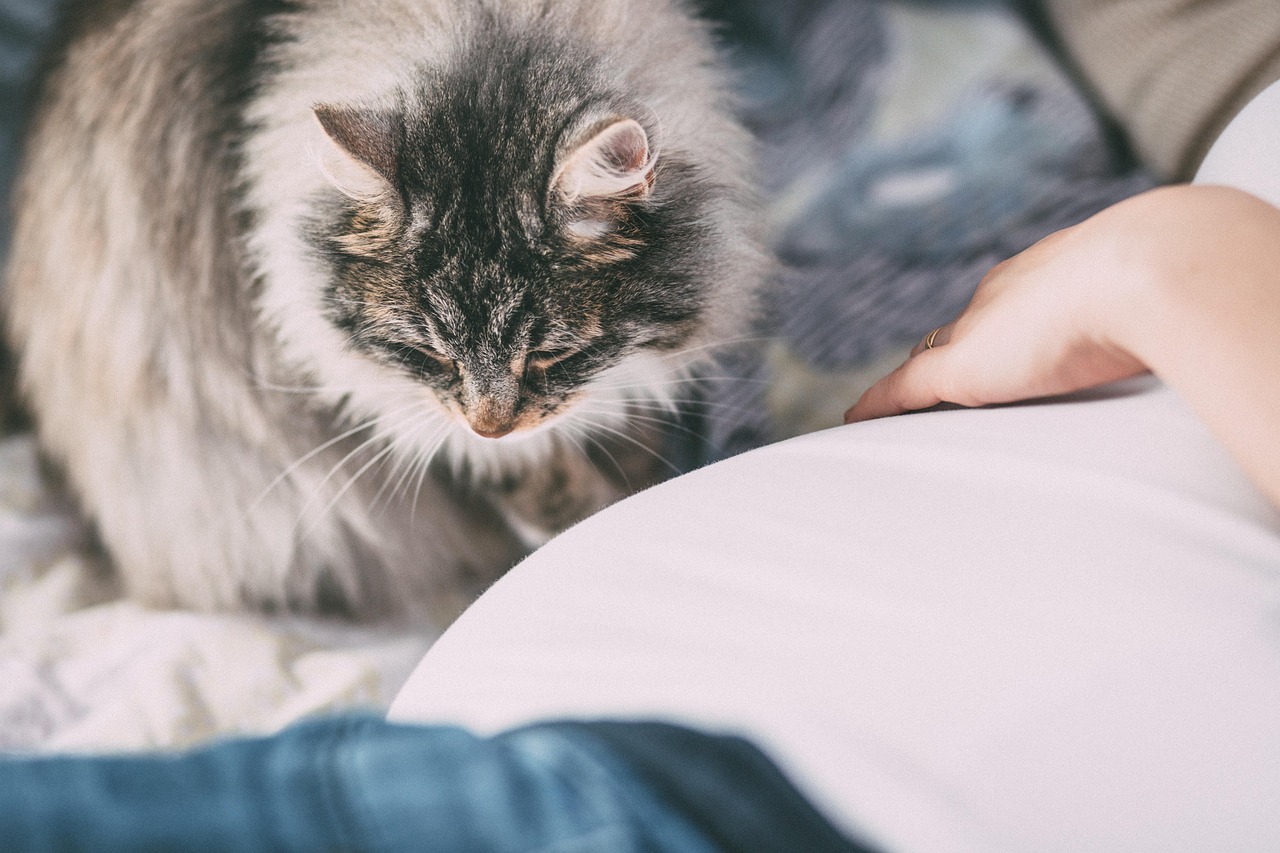
It’s unlikely that your cat will give you toxoplasmosis. In fact, according to the Centers for Disease Control and Prevention, “people are more likely to get [toxoplasmosis] from eating raw meat or from gardening.” This myth has caused countless pregnant women to unnecessarily rehome beloved pets.
The woman would have to be in her first trimester. The cat would have to be fed raw infected meat during this time. The cat would then shed Toxoplasmosis for approximately 2 weeks of its entire life. Then they never shed the organism again (unless reinfected). The woman would have to eat or ingest the infected cat’s feces (possibly by cleaning the cat litter box). So, you can see that you might have better odds of winning the lottery than having your developing baby get Toxoplasmosis from a cat.
Giving up your cat is an an extreme and unnecessary precaution. While it is possible for cats to transmit toxoplasmosis, the probability of such a thing is very low. Rather, your cat should continue to be a source of joy and companionship during pregnancy and following the birth of your child.
Cats Always Land on Their Feet
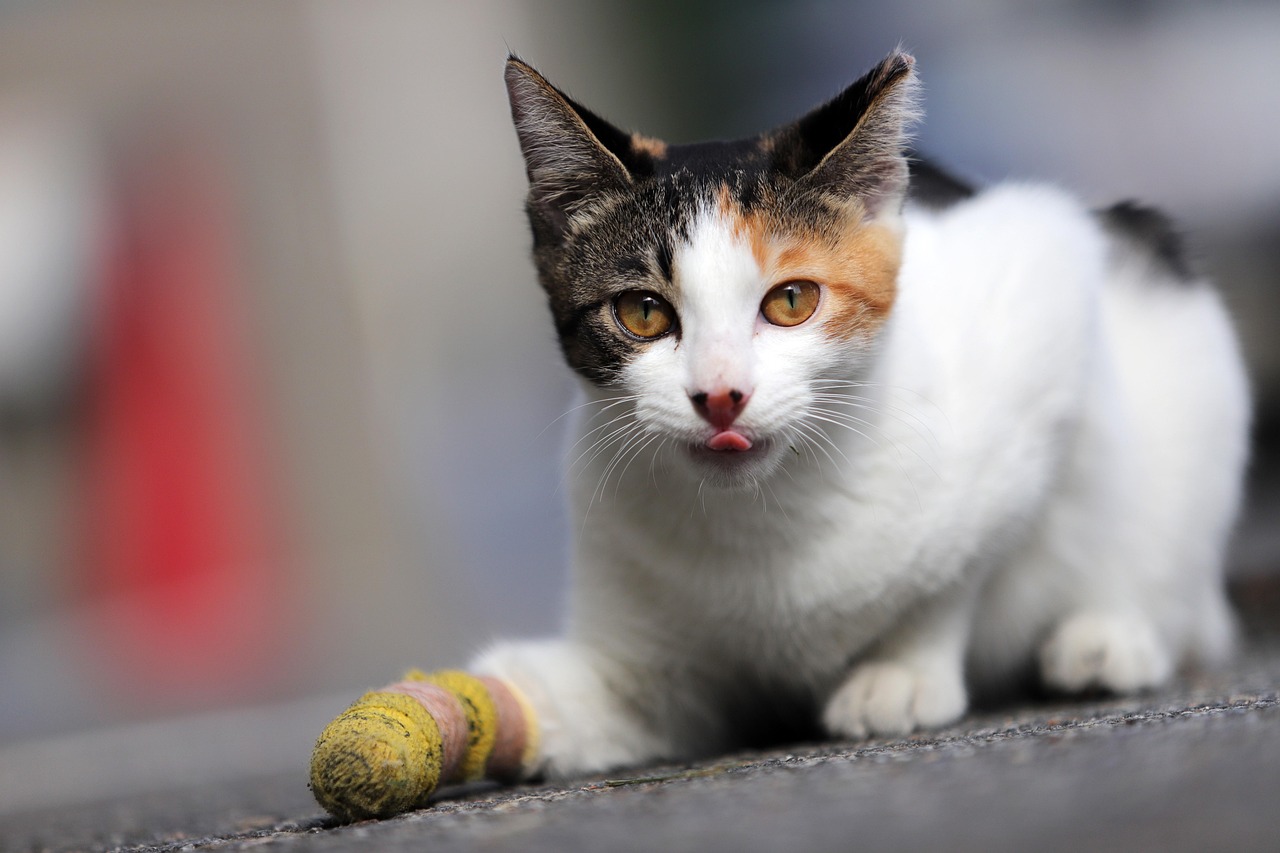
Nope, not always. Cats are very agile creatures, but the truth is they can really hurt themselves if they fall the wrong way. As the Animal Medical Center notes, veterinarians use the term “high-rise syndrome” to describe cat injuries sustained from falls – that includes sprains, bone fractures, and even respiratory issues.
Contrary to popular belief, cats are more apt to be injured from low heights than high because they don’t have time to turn or twist their bodies into the necessary position for a safe landing. This counterintuitive fact surprises many cat owners who assume shorter falls are always safer.
While cats do have an impressive righting reflex that helps them orient themselves during falls, this doesn’t guarantee a safe landing. To keep yours safe, ensure that your windows screens are intact and free of holes, and make your shelves and tabletops unappealing platforms for people-watching.
Cats Don’t Get Along With Dogs
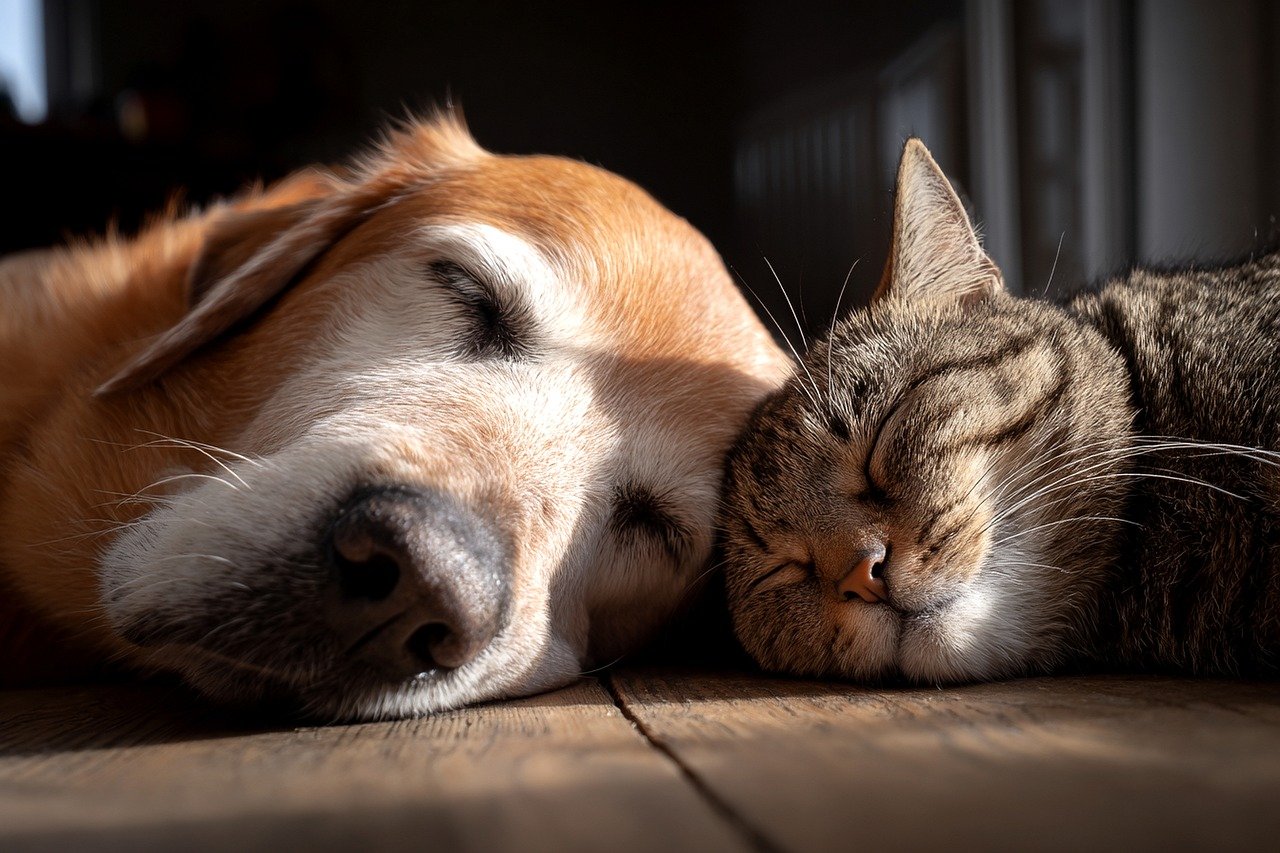
But dogs and cats co-exist peacefully more often than not, the researchers say. “Although there are social differences, when conditions are right, both species can express friendly behavior towards each other. The compatibility between dogs and cats is influenced by several factors, such as the personality of the individuals, early socialization, environmental factors, among others.
Truth: Despite the stereotypes, many cats and dogs can learn to live together peacefully, and some even develop strong friendships and bonds. The key is patience and positive reinforcement. Introduce your cat and dog slowly so they have time to become comfortable together.
One of the big myths about caring for cats is that they can’t live with dogs. Sure, sometimes cats and dogs don’t get along, but it’s the same as two humans not getting along. It’s all about knowing how to communicate with one another, says Galaxy. Cats and dogs can easily get along as long as we help them communicate and co-exist safely – which starts with understanding your cat’s behavior and body language.
Indoor Cats Are Unhappy and Need to Go Outside
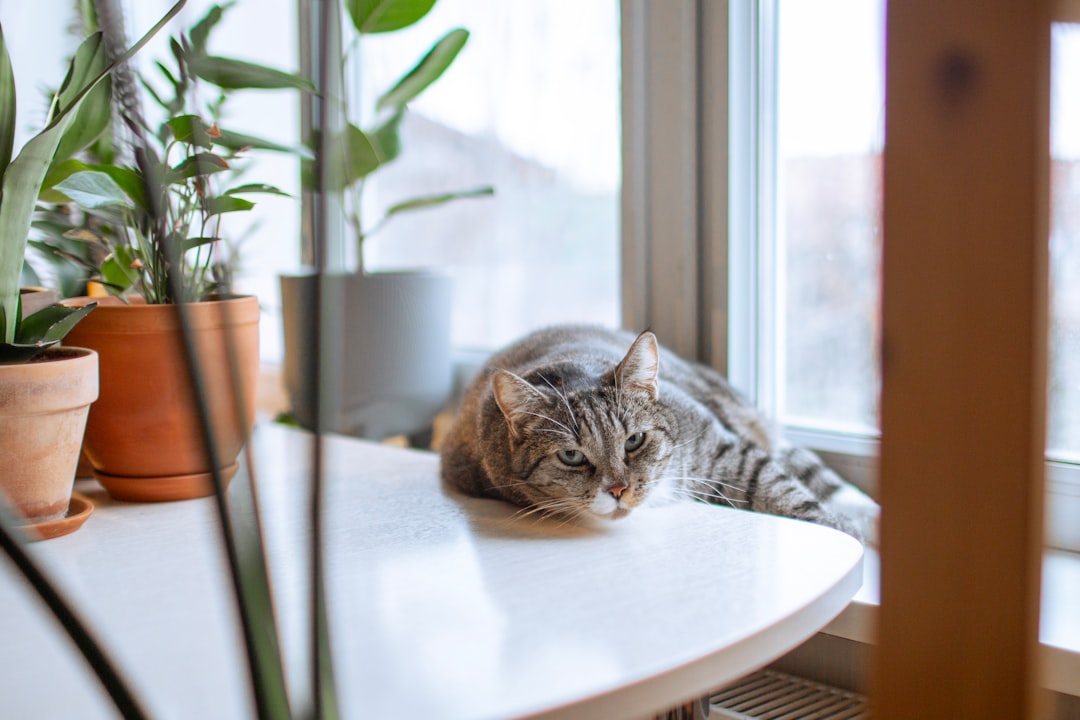
Truth: Many cats thrive indoors, enjoying long and robust lives without the risks the outdoors pose to their health and safety. It all comes down to providing opportunities for your feline friend to express their normal behaviors, such as hunting and exploring. The key isn’t access to the outdoors but rather proper environmental enrichment.
Cats that are housed exclusively indoors need a lot of enrichment in order to stay happy and healthy,” says feline veterinarian Lynn Bahr, DVM. Sunny windows, interactive cat toys, quality food and clean litter boxes will keep your cat happy. Mental stimulation proves far more important than outdoor access.
Want your cat to still feel the grass under their paws? Consider leash training or building a catio so they can enjoy the outdoors danger-free. Creative solutions allow cats to experience nature safely while avoiding the numerous risks that free-roaming presents to both cats and local wildlife.
Conclusion
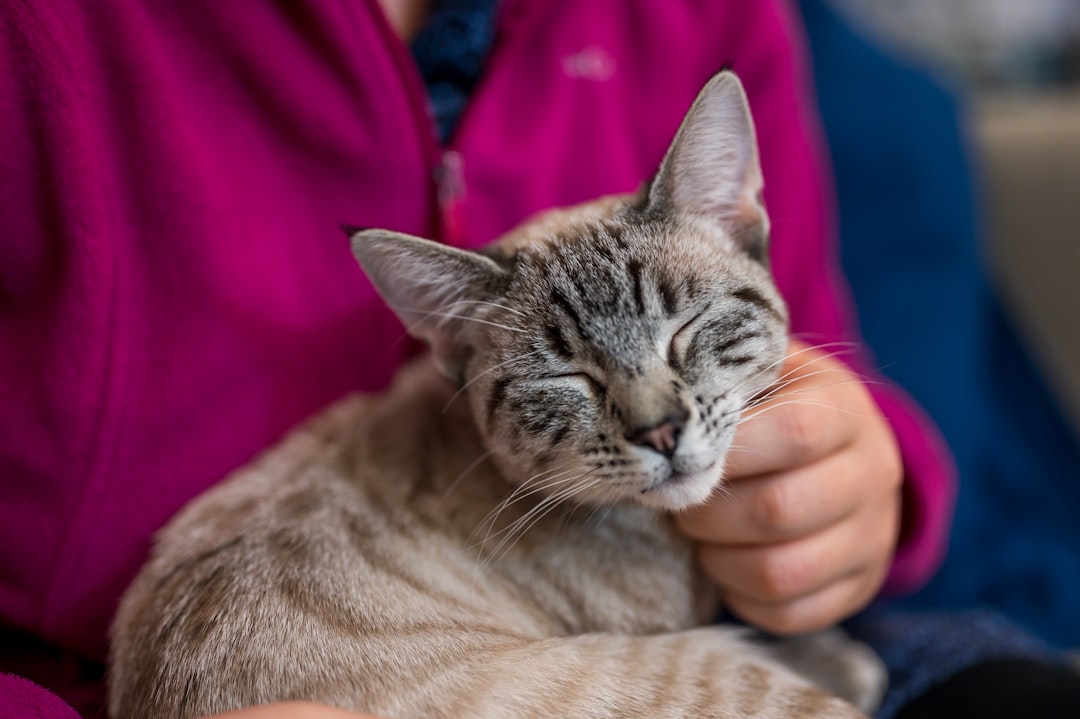
These ten myths represent just the tip of the iceberg when it comes to feline misconceptions. Science continues to reveal just how complex, social, and emotionally intelligent our cats really are. They’re not the aloof, mysterious creatures of folklore but rather sensitive companions who form deep bonds with their human families.
Understanding the truth behind these myths doesn’t just satisfy curiosity. It leads to better cat care, stronger relationships, and healthier, happier felines. The next time someone repeats one of these old wives’ tales about cats, you’ll know better.
What other cat myths have you discovered aren’t true? Share your experiences in the comments below.





